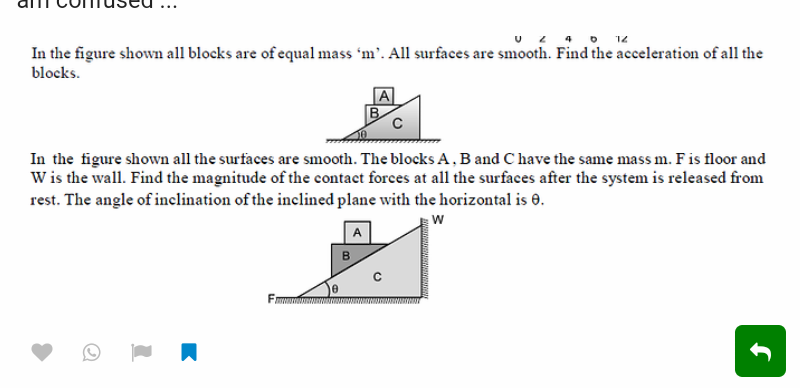
Question and Answers Forum
OthersQuestion and Answers: Page 87











|
Question and Answers Forum |
OthersQuestion and Answers: Page 87 |

|

|
| ∫((2x^2 −3x+4)/(4x^3 +5)) dx |
| (d/dx)(((tan^2 x)/(1 + cos x))) =? |
| Evaluate ∫_0 ^2 (3x^2 −2x + 4)^7 dx hence show that (d/dx)(coshx) = sinh x |
| show that the maping define by (x y)=Σxy^ is an inner product |
| 1.If y=x^(n−1) log x,then prove that,x^2 (d^2 y/dx^2 )+(3−2n)x(dy/dx)+(n−1)^2 y=0 2.If ((mtan (α−θ))/(cos^2 θ))=((ntan θ)/(cos^2 (α−θ))),then prove that,θ=(1/2)[α−tan^(−1) (((n−m)/(n+m))tan α)] |
| ∫_0 ^(1/3) (3x + 1)^5 dx = |
| ∫_0 ^(1/3) (3x + 1)^5 dx = |

|

|

|
| three forces F_1 , F_2 and F_3 acts through the points with position vectors r_1 ,r_2 and r_3 respectively where F_1 =(3i −2j−4k)N, r_1 = (i +k)m F_2 =(−i+j)N, r_2 =(j+k)m F_3 =(−i+4k)N, r_3 =(i+j+k)m a. show that this system does not reduce to a single force. When a fourth force F is added, the system of forces is in equilibrium b. Show that F acts through the point with vectors (3k)m. |
| z = 1− i(√3) express z in the form r(cosθ +isinθ) also express z^7 in the form re^(iθ) . |
| Given that f(x) = (2/(x^2 −1)) a) Express f(x) in partial fraction. b.Evaluate ∫_3 ^5 f (x) dx |

|
| A.Evaluate: (i)∫((sin x+cos x)/(9+16sin 2x))dx (ii)∫((1+x^2 )/((1−x^2 )(√(1+x^2 +x^4 ))))dx (iii)∫((x−1)/((x+1)(√(x^3 +x+x^2 ))))dx |
| why do we divide each term by n when given the question lim_(x→∞) ((3 +2n)/(1+n)) ? |
| 1.(i)Evaluate:∫(1/(sin x−cos x+(√2)))dx (ii)Evaluate:∫2^2^2^x 2^2^x 2^x dx (iii)Evaluate:∫((cos^3 x)/(sin^2 x+sin x))dx 2.cosec [tan^(−1) {cos (cot^(−1) (sec(sin^(−1) a)))}]=What? 3.Prove that, sin [cot^(−1) {cos (tan^(−1) x)}]=(√((x^2 +1)/(x^2 +2))) 4.Mention Order and Degree and state also if it is linear or non-linear. y+(d^2 y/dx^2 )=((19)/(25))∫y^2 dx |

|

|

|

|
| how do i prove by induction? please |
| ∫_0 ^(+∞) e^(−x^2 ) dx |

|